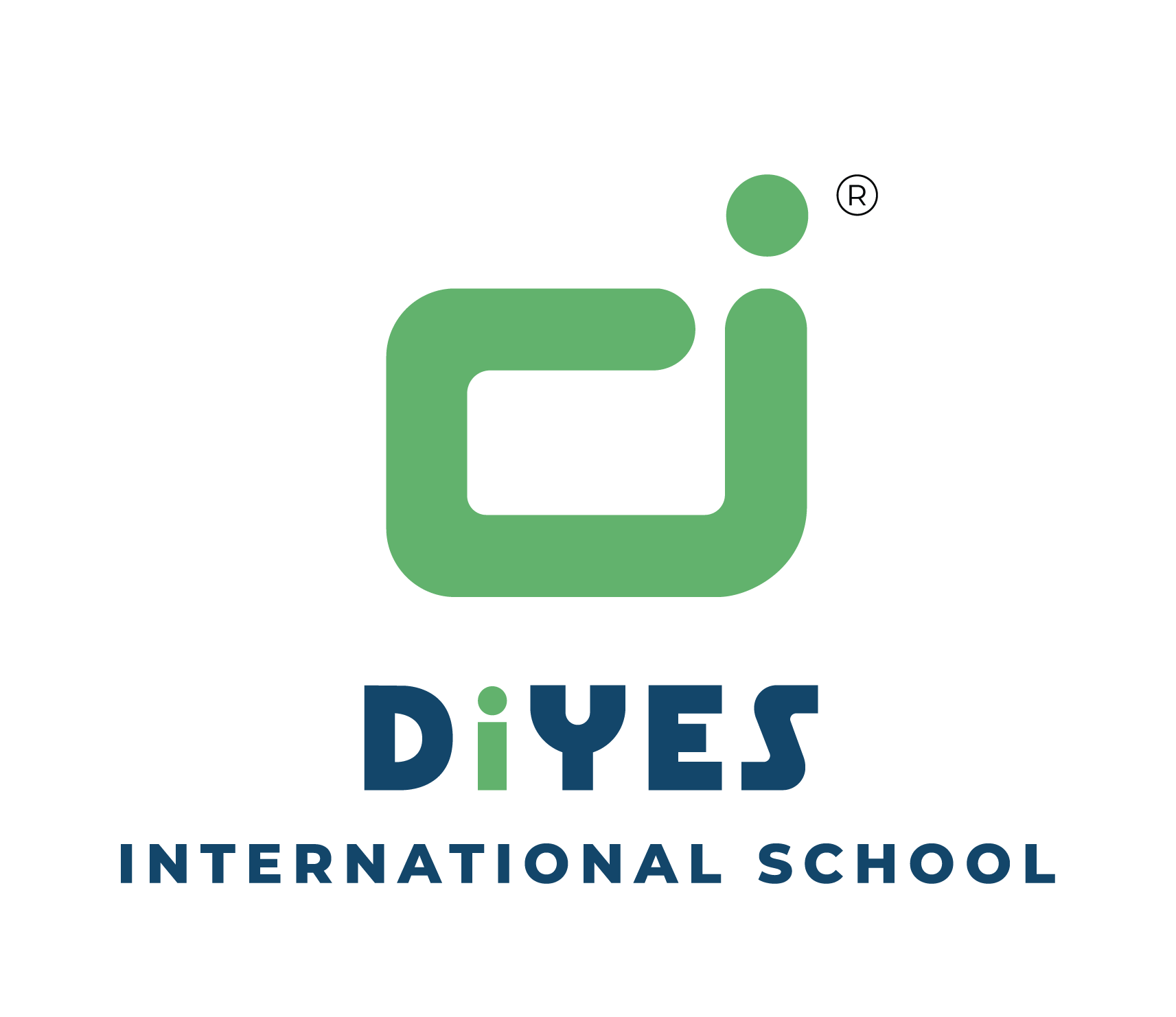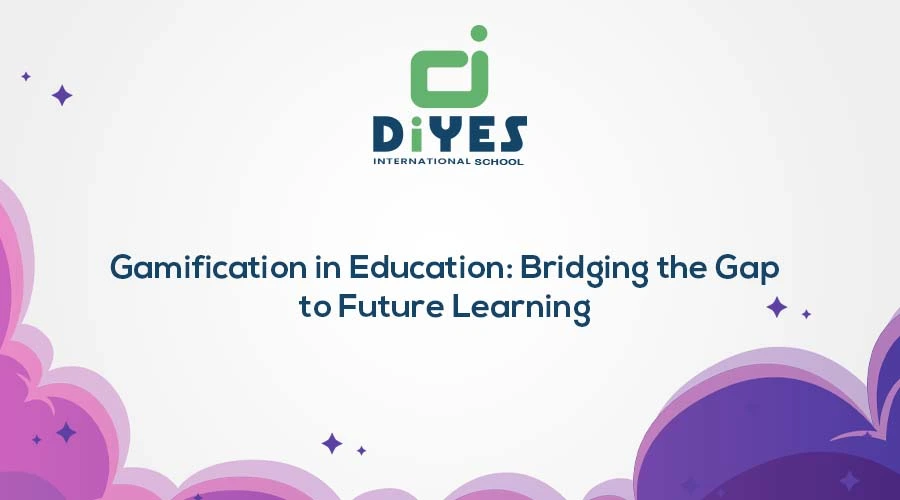Education has transformed in remarkable ways with the integration of technology. The concept of gamification in learning activities has emerged as a powerful tool, redefining how students engage with educational content. As traditional teaching methods adapt to a digital age, gamification adds an interactive and immersive layer to the learning process. By blending the principles of gaming with educational content, this approach addresses the challenge of maintaining student interest and participation. Gamification’s ability to foster engagement, active learning, and skill development makes it an invaluable asset in modern education.
The Benefits of Gamification in Learning Activities
In the ever-evolving landscape of education, gamification has emerged as a dynamic and transformative approach that offers an array of profound benefits. These advantages not only enhance the learning experience but also equip students with essential skills that extend far beyond the classroom.

Enhanced Engagement: At the heart of gamification lies the art of engagement. Leveraging the inherent human tendency towards competition and recognition, gamification employs elements like challenges, leaderboards, and achievements to make learning a captivating and participatory journey. This transformation turns the traditional classroom setting into an interactive playground where students are not merely passive recipients of information but active participants in their own educational voyage. The thrill of outperforming peers and achieving milestones fuels a genuine enthusiasm for learning that can be challenging to achieve through conventional teaching methods.
Active Learning: Conventional pedagogy often suffers from the limitations of passive learning, where students receive information without truly internalizing it. Gamification, on the other hand, thrives on active learning. Through interactive quizzes, simulations, and problem-solving scenarios, students are required to apply their knowledge in practical contexts. This application-oriented approach enhances comprehension and retention by fostering a deeper understanding of concepts. As learners grapple with challenges and actively seek solutions, they naturally become more engaged with the subject matter, resulting in a holistic and immersive learning experience.
Skill Development: Gamified learning activities serve as fertile ground for the cultivation of a wide range of skills crucial for both academic success and real-world achievement. From critical thinking and decision-making to problem-solving and strategic planning, these skills form the bedrock of a well-rounded education. As students navigate through the challenges presented by gamification, they not only grasp the theoretical aspects of a subject but also learn how to synthesize and apply their knowledge in practical scenarios. These skills, in turn, contribute to their holistic growth as individuals equipped to tackle the complexities of the modern world.
Immediate Feedback: One of the cornerstones of effective learning is the timely feedback that guides students in refining their understanding. Gamification expertly provides this feedback loop. In the realm of games, every action yields an immediate consequence, allowing learners to gauge the accuracy of their decisions and the efficacy of their strategies. This instant feedback mechanism is a powerful tool for improvement, enabling students to learn from their mistakes and build a deeper mastery of the subject matter. As they navigate challenges and adapt their approaches based on feedback, they cultivate a more nuanced and comprehensive understanding of the concepts at hand.
Adaptability: Recognizing that each student’s learning journey is unique, gamification introduces an element of adaptability that tailors the educational experience to individual needs. Adaptive platforms assess the progress and performance of each student, identifying areas that require improvement. With this information, the learning content is personalized to address specific weak points, ensuring a more effective and personalized learning path. This adaptability not only optimizes the learning process but also instills a sense of empowerment in students as they witness their progress and growth in real time.
Long-term Motivation: The allure of gamification lies in its ability to sustain motivation over the long haul. The structure of levels, achievement goals, and rewards creates a continuous cycle of challenge and recognition. Students are motivated not just by the pursuit of knowledge but by the tangible rewards and milestones that await their accomplishment. This sense of progression and the anticipation of unlocking new challenges or earning rewards serve as a powerful incentive for ongoing learning. Gamification nurtures a growth mindset, encouraging students to view education as an ongoing journey where every challenge conquered is a step towards personal and academic advancement.
Incorporating gamification into learning activities is an innovative approach that enriches the educational experience in profound ways. By capitalizing on human psychology, gamification not only makes learning engaging and fun but also empowers students to develop critical skills that are essential for success in both academic and real-world contexts. As educators harness the power of gamification, they bridge the gap between traditional teaching and the evolving needs of modern learners, creating a learning environment that is both captivating and impactful.
Implementing Gamification Strategies
The successful integration of gamification strategies into educational environments requires a thoughtful and strategic approach. By leveraging a range of techniques, educators can create a learning experience that is not only engaging but also highly effective in achieving learning outcomes.
Storytelling Elements: Infusing educational content with storytelling elements transforms learning into an immersive journey. Crafting narratives that contextualize lessons within relatable scenarios captures students’ imagination and deepens their connection with the subject matter. As students navigate challenges and make decisions within the narrative, they apply their knowledge to real-world situations, enhancing their understanding of complex concepts. The power of storytelling lies in its ability to transport students into a virtual world where learning becomes an adventure, fostering emotional engagement and a lasting impact.
Badges and Rewards: The implementation of badges, certificates, and virtual rewards creates a tangible sense of achievement and progression. These visual symbols of accomplishment serve as motivating factors, driving students to actively participate and excel in their learning activities. The act of earning a badge not only signifies mastery but also triggers a sense of pride and accomplishment. This gamification technique transforms the learning journey into a series of mini-achievements, fuelling the desire to reach the next milestone and fostering a culture of continuous improvement.
Collaborative Challenges: Incorporating collaborative challenges into the learning process not only promotes teamwork but also enhances problem-solving and communication skills. Through cooperative gameplay, students learn to work together, share ideas, and leverage each other’s strengths. Group projects and collaborative problem-solving activities seamlessly integrate into the curriculum, creating an environment where students learn from one another while developing critical social and cognitive skills. This approach also mirrors real-world scenarios where teamwork and collaboration are essential for success.
Real-world Application: Linking theoretical concepts to practical scenarios through gamified experiences bridges the gap between classroom learning and real-world application. By immersing students in gamified challenges that mirror actual scenarios, educators demonstrate the relevance of the knowledge they acquire. Whether it’s solving a simulated business problem or designing a sustainable city, students experience firsthand how their theoretical learning translates into practical solutions. This approach not only motivates students by showcasing the impact of their knowledge but also prepares them for the challenges they may encounter beyond the classroom.
Progress Tracking: Providing students with visibility into their progress nurtures a sense of ownership over their learning journey. Gamified platforms that track progress, levels, and achievements allow students to monitor their advancement and set personal goals. This tracking mechanism adds a layer of accountability and autonomy, motivating students to take an active role in their education. As they witness their growth over time, they are empowered to evaluate their strengths and areas for improvement, fostering a reflective and growth-oriented mindset.
Conclusion
Gamification emerges as a game-changer in the educational landscape, reinvigorating learning experiences for students across the globe. By engaging students through competition, rewards, and interactive challenges, gamification transforms education into an enjoyable journey of discovery and growth. As educators embrace this innovative approach, they’re harnessing the power of technology to shape a brighter and more engaging future for learners.
DiYES International School: A Beacon of Educational Excellence
Nurturing Holistic Growth: Institutions like DiYES International School embody the essence of holistic education. By focusing not only on academic excellence but also on character development, creativity, and critical thinking, they prepare students for success in a rapidly evolving world.


Integrating Gamification for Engaged Learning: DiYES International School’s commitment to innovation is evident in its integration of gamification strategies. By incorporating game elements into their curriculum, they provide students with a dynamic and interactive learning experience. This approach aligns with the evolving needs of education, ensuring that students are equipped not only with knowledge but also with essential skills for their future endeavours.
For additional insights into DiYES International School, please feel free to visit our website at www.diyesinternational.edu.in or get in touch with us via phone at +91 8547609000.


